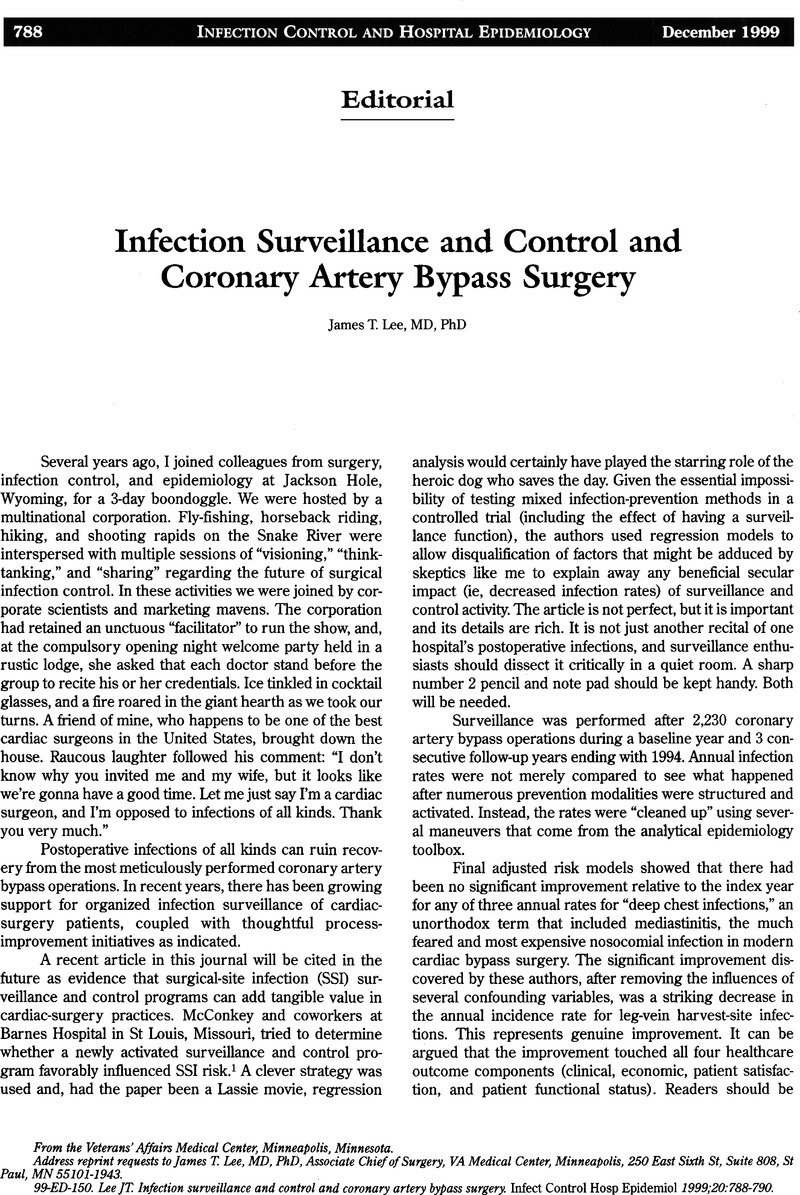Crossref Citations
This article has been cited by the following publications. This list is generated based on data provided by Crossref.
Lee, James T.
2003.
Nomenclature Nightmare.
Surgical Infections,
Vol. 4,
Issue. 4,
p.
293.
Martorell, Claudia
Engelman, Richard
Corl, Ann
and
Brown, Richard B
2004.
Surgical site infections in cardiac surgery: an 11-year perspective.
American Journal of Infection Control,
Vol. 32,
Issue. 2,
p.
63.



